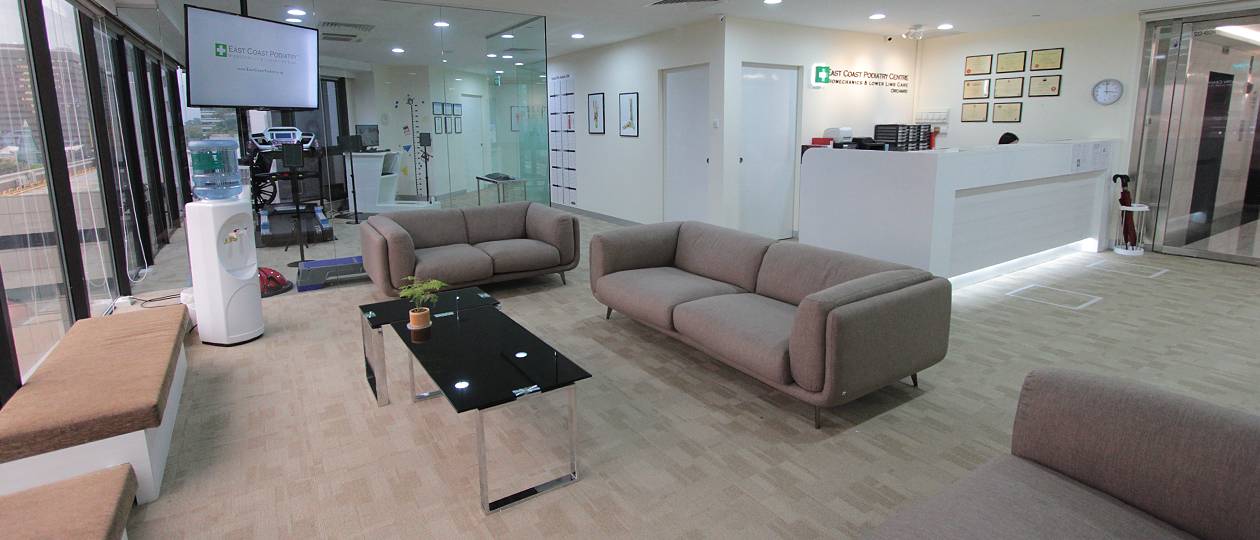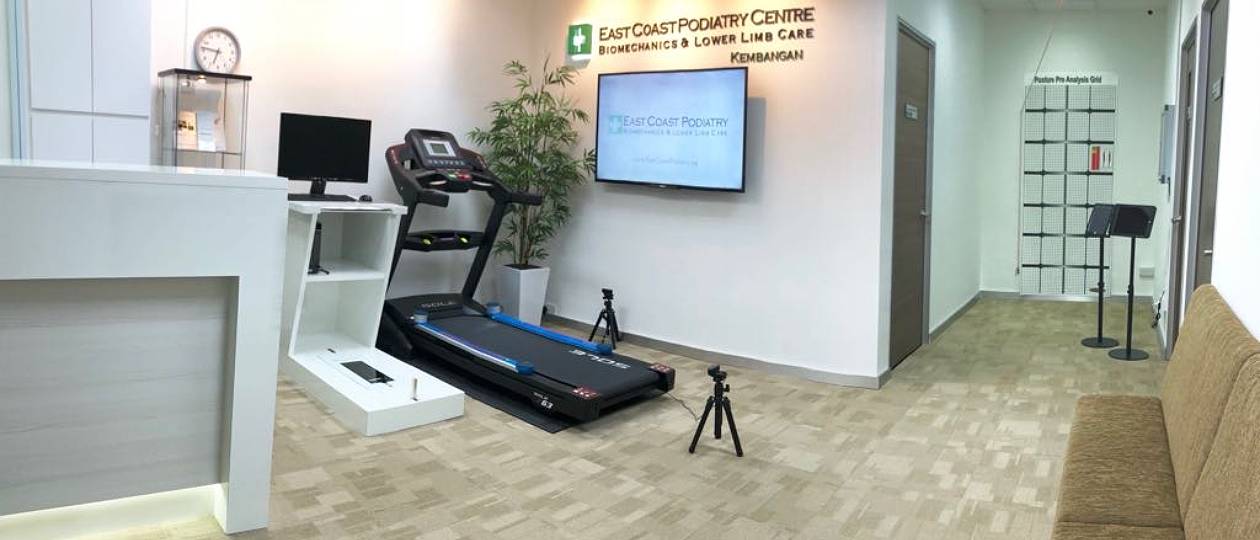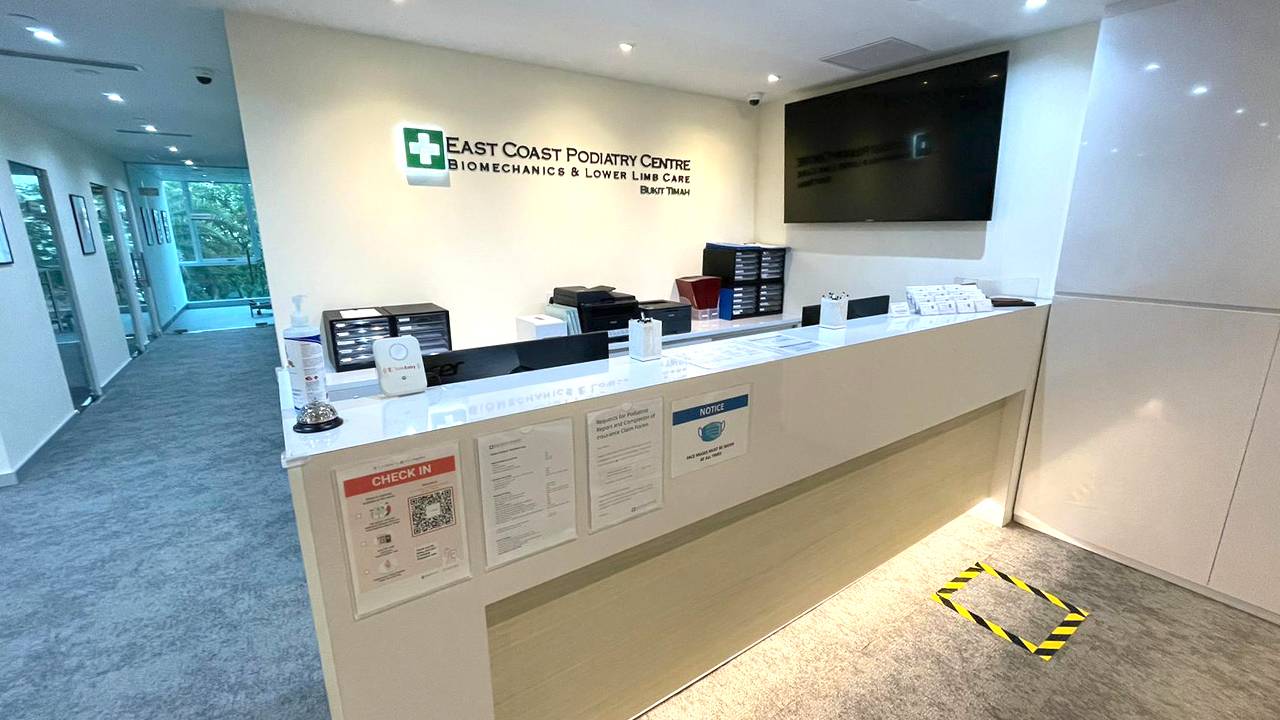Ingrown nails occur when the edges of a nail become embedded under the surrounding skin, causing pain and in many cases, infection. Ingrown nails can happen in individuals of all genders and age groups, and while ingrown fingernails can occur, the big toes are the most susceptible to this condition.
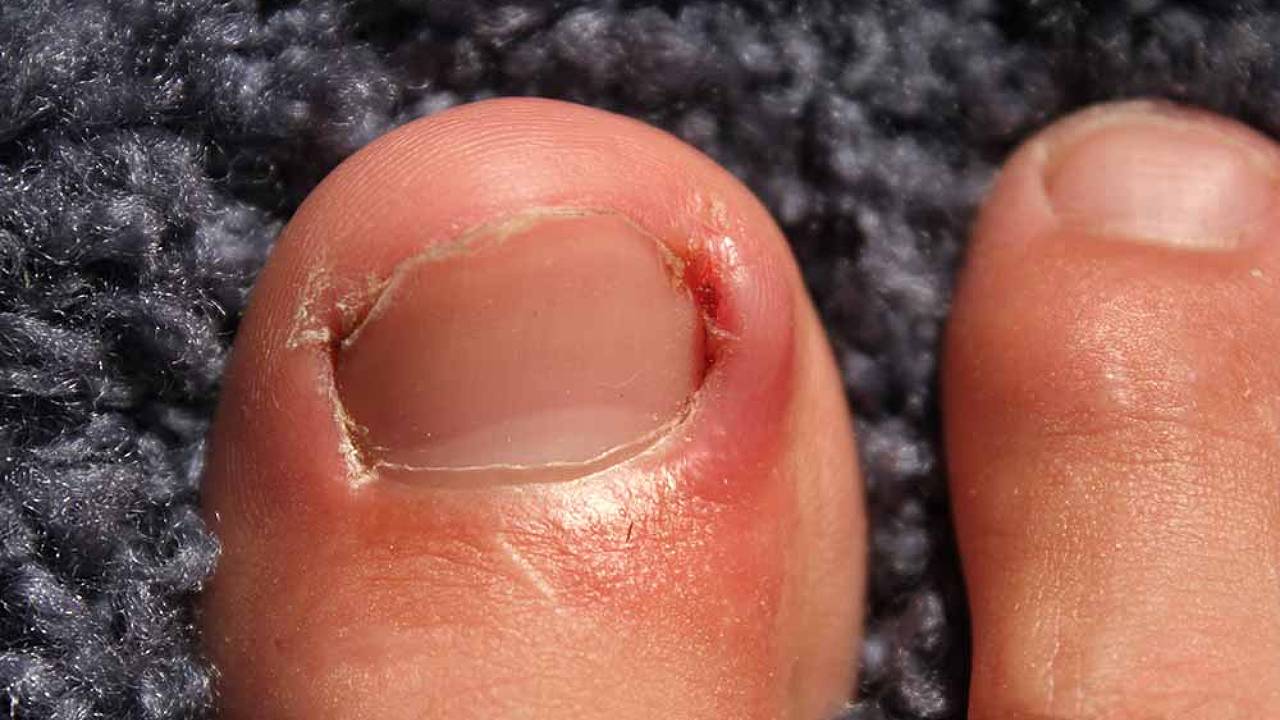
Signs and symptoms of ingrown nails include:
- Irritation
- Redness
- Excessive swelling
- Pain
- Infection
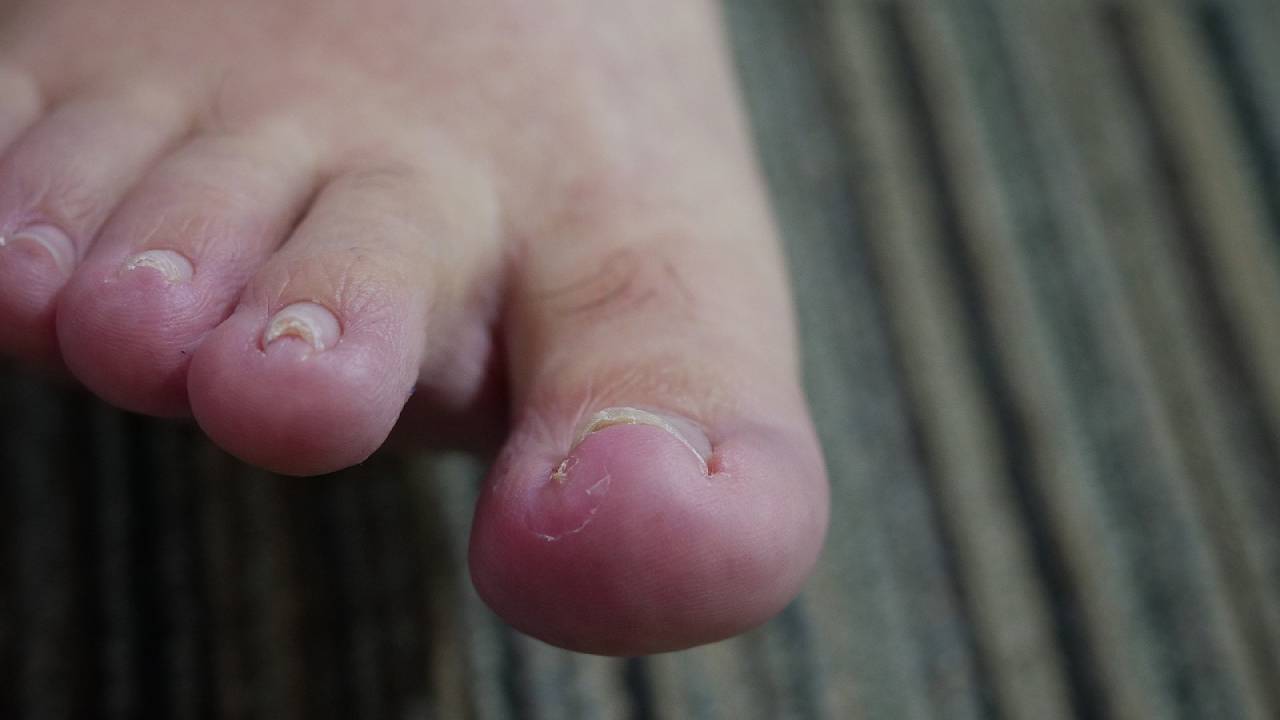
Causes of ingrown nails include:
- Improperly trimmed nails leaving a spike at the corner
- Crowding of toes due to tight footwear
- Trauma to the feet
If an ingrown nail is left unaddressed or resolved improperly, it can get infected. The consumption of antibiotics can help fight the infection, but the problem is likely to recur if the offending portion of the nail is not removed. At this point, home remedies or amateur surgery should not be attempted as they may exacerbate the situation.
People with eyesight problems, mobility issues, diabetes, peripheral vascular disease, or other circulatory disorders, and children/teenagers should avoid any form of self-remedies. Instead, they should seek immediate medical attention, as ingrown nails in these individuals may require specialised care.
What Can a Podiatrist Do For Me?
Podiatrists, who are specialists in foot and lower limb care, are qualified to perform a variety of interventions for nail conditions such as ingrown toenails. Part of the procedure includes removal of the ingrown portion of the nail to ensure pain-free regrowth before a dressing is applied to prevent further infection.
The benefits of ingrown toenail surgery include:
- No stitches
- Swift recovery
- Low chance of reoccurrence
- Aesthetically pleasing results
Underlying deformities like incurvated or thick toenails can lead to chronic pain and recurring infections and may require complete removal of the nail bed and nail plate. Please consult with your podiatrist to find out if you are suitable for this procedure.

